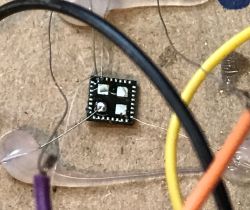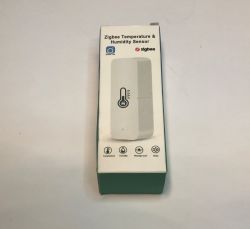Gentlemen, come to my rescue!
I recently brought back an electronic toilet seat from Japan (the same type that so impressed ski jumper Piotr Zyla in Sapporo).
All domestic appliances in Japan are on 100 volts (they seem to have to have it that way, because of earthquakes). There were, of course, 220 volt appliances made for Asian consumers, mainly Chinese, but they cost 4 times as much, so I decided it would be much cheaper to just use a transformer. Besides, I was afraid of that Chinese 220 volts, because in Europe it's been 230 volts for a long time, and it could burn my ass. In the Most Blessed Republic I bought a transformer (a regular toroid with the right excess power, screwed it to the ceiling), wired the whole thing up and the equipment is up and running, i.e. it's currently in the testing phase. Everything works fine (although this is a very simple model, it has few functions and really can do very little) but I am concerned about the earthing. According to the instructions, this unit absolutely has to be earthed - and of course I earthed it, but directly - i.e. to the pin of an ordinary 230V socket from the domestic installation. I (I freely admit) am not very familiar with advanced electrical circuits. Is a piece of equipment powered by a 500 W transformer and earthed in this way completely safe for the user? There are heaters, a pump and water in the board, and there is also the (rather illusory) danger that someone uninformed ... will water the electronics and electrics (with water, as there is a washbasin next to it, or with something else, as things can vary). For this reason, I would like to ask anyone with knowledge of the matter - isn't there still a need for additional protection?
I would be grateful for any advice or suggestions. Just in case someone thinks I am joking, I have attached a photo which shows that the Japanese board does not go very well with the Polish porcelain.
Greetings
Bynieq
I recently brought back an electronic toilet seat from Japan (the same type that so impressed ski jumper Piotr Zyla in Sapporo).
All domestic appliances in Japan are on 100 volts (they seem to have to have it that way, because of earthquakes). There were, of course, 220 volt appliances made for Asian consumers, mainly Chinese, but they cost 4 times as much, so I decided it would be much cheaper to just use a transformer. Besides, I was afraid of that Chinese 220 volts, because in Europe it's been 230 volts for a long time, and it could burn my ass. In the Most Blessed Republic I bought a transformer (a regular toroid with the right excess power, screwed it to the ceiling), wired the whole thing up and the equipment is up and running, i.e. it's currently in the testing phase. Everything works fine (although this is a very simple model, it has few functions and really can do very little) but I am concerned about the earthing. According to the instructions, this unit absolutely has to be earthed - and of course I earthed it, but directly - i.e. to the pin of an ordinary 230V socket from the domestic installation. I (I freely admit) am not very familiar with advanced electrical circuits. Is a piece of equipment powered by a 500 W transformer and earthed in this way completely safe for the user? There are heaters, a pump and water in the board, and there is also the (rather illusory) danger that someone uninformed ... will water the electronics and electrics (with water, as there is a washbasin next to it, or with something else, as things can vary). For this reason, I would like to ask anyone with knowledge of the matter - isn't there still a need for additional protection?
I would be grateful for any advice or suggestions. Just in case someone thinks I am joking, I have attached a photo which shows that the Japanese board does not go very well with the Polish porcelain.
Greetings
Bynieq






